latest
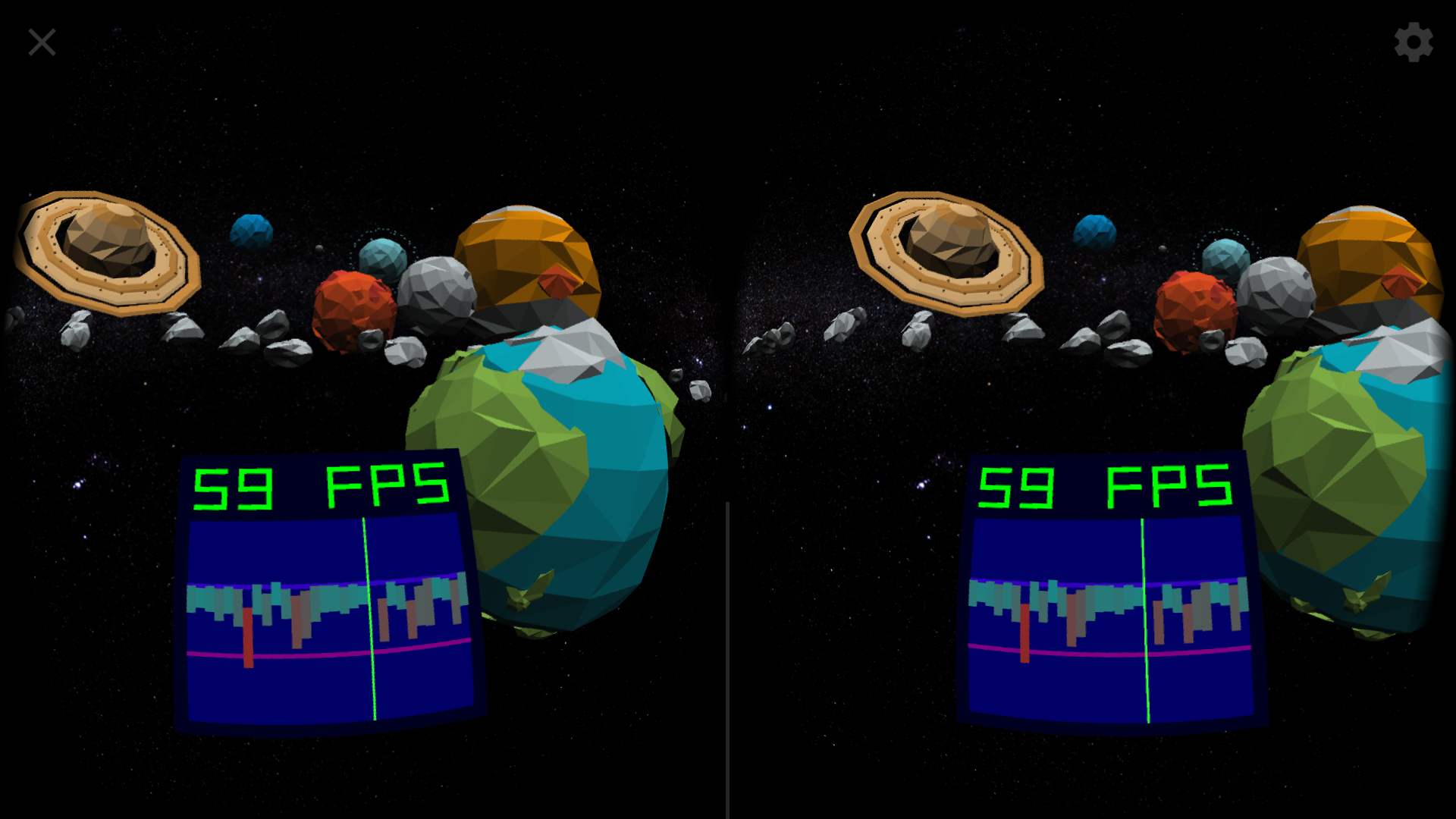
It has been three weeks since the last Chrome release, and right on schedule, Chrome 79 is now rolling out across desktop and mobile platforms. This isn't the largest update we've seen recently, but there are a few changes worth highlighting. Let's jump right in!

Chrome 78 has rolled out to all platforms, which means it's time for Chrome 79 to hit the Beta Channel. This update is definitely smaller in scope than the last few releases, but there are still a few interesting additions — especially if you're interested in VR/AR.
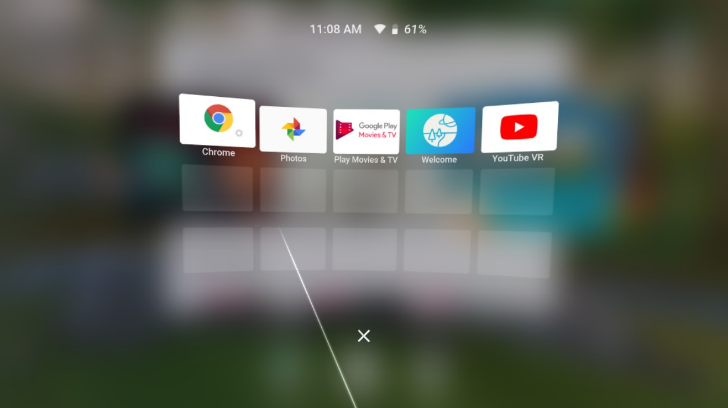
Chrome has been able to view web VR content for some time now, but there has always been one problem - you couldn't launch Chrome from the Daydream launcher. In other words, you had to navigate to the desired page on your phone, then put your phone in a VR headset. That's not a great experience, and it leaves out standalone Daydream headsets (like the Lenovo Mirage Solo) entirely.
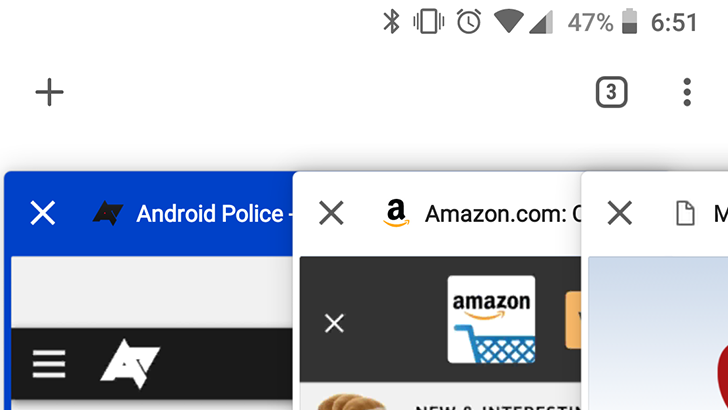
Almost a full month after the beta version was released, Chrome 67 is now available on Android and desktop platforms. This version includes the long-awaited desktop Progressive Web App support, as well as a new experimental tab switcher and several new APIs for developers.

Chrome 67 Beta is now available for Android, about two weeks after the stable release of Chrome 66. The main attraction in this version is WebXR, the upgraded WebVR API that supports augmented reality content. There's also a new tab switcher UI hidden behind a flag, and some other minor improvements.
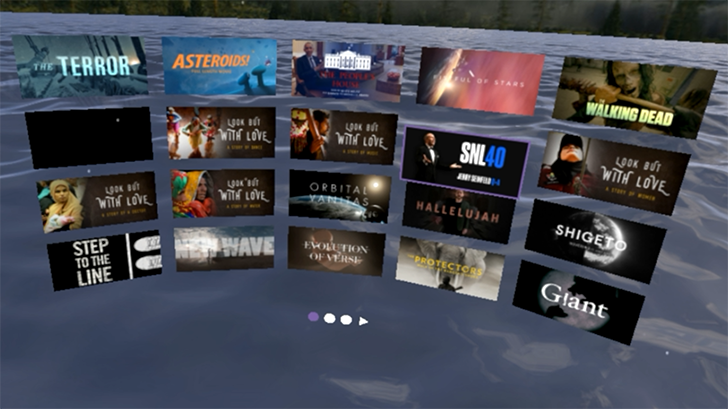
Chrome 66 adds experimental support for Oculus Rift, HTC Vive, and Windows Mixed Reality VR headsets
Google Chrome 66 came out a few days ago, with your usual list of new APIs and user improvements. However, one major new feature flew under the radar. This is the first stable Chrome release with experimental support for Valve's OpenVR API, allowing VR content to be viewed on all popular headsets. This includes the HTC Vive, Oculus Rift, and Windows Mixed Reality headsets.
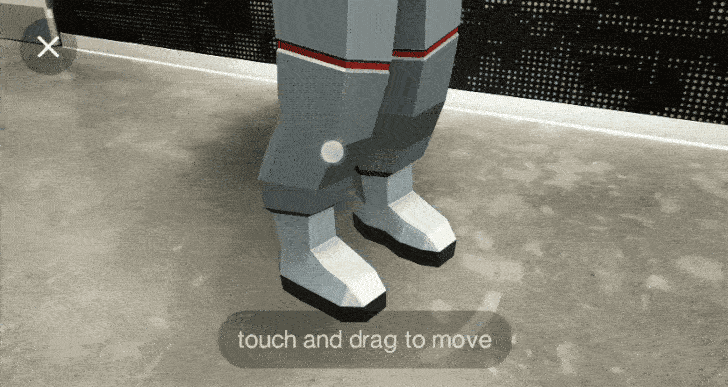
The first version of WebVR was announced in early 2016, with both Firefox and Chrome being early supporters. The idea was to bring virtual reality content to the web, with support for all headsets, from Google Cardboard to the high-end Oculus Rift and HTC Vive. The standard continued to evolve for about a year, and Google loved to show if off. But in September of last year in an AMA, the Chrome team said the WebVR API was being reworked to, "support a wider variety of devices."
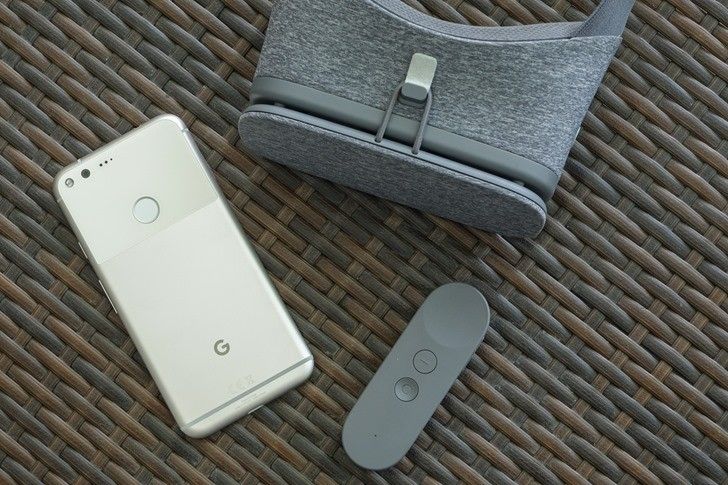
Google added an experimental version of WebVR to Chrome as far back as version 56 earlier in the year, and there were a handful of sample web pages you could take a look at to test out the various features. Since then, more demos have been added and other uses have also been toyed with, including the interesting VR short-film, Tabel. In a recent AMA, the Chrome team said they were re-working WebVR, and it seems as though that job is done.
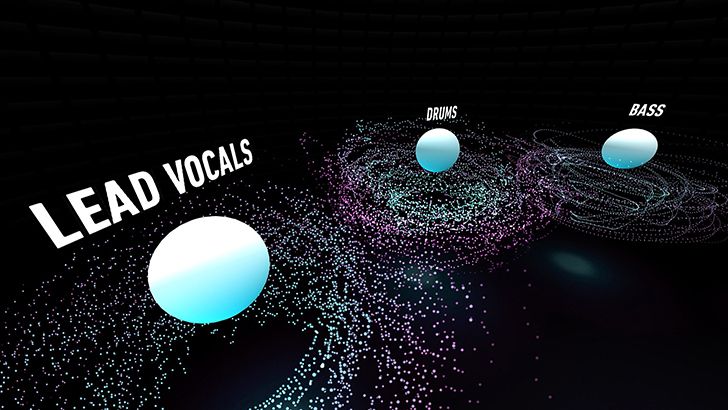
I love music but I was definitely not blessed with a musical ear that's able to peel away layers and guess notes from one listen — a conclusion that took an excruciating 7 years of piano and keyboards lessons to get to. However, I am always trying to bring out the engineering mind inside me to figure out the exact way a song is built. That's why I'm fascinated by Google's latest experiment, Inside Music.

In all of the hubbub of yesterday's I/O keynote, Google took some time to mention a few changes and additions coming to Daydream and Tango, its virtual and augmented reality platforms respectively. While we got some interesting news about Standalone and WorldSense, Google has revealed more information about what we can expect from the future of VR/AR.
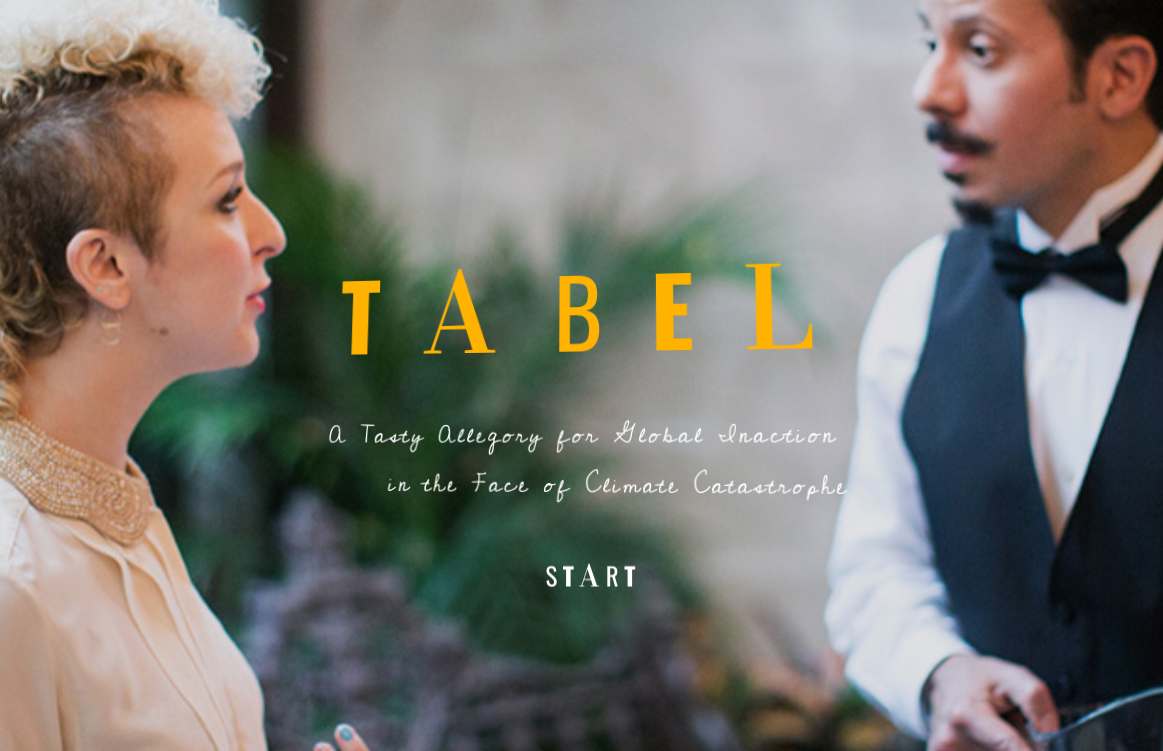
Google is starting to really push WebVR, the in-browser virtual reality platform that Chrome recently started supporting. The company recently showed off 12 new WebVR experiments to showcase various different applications for the tech. Now, Google is launching something even more impressive, the experimental VR film Tabel.

Today, Google took another step forward in its efforts to expand the availability of VR. Back in February, we reported that Chrome 56 added support for WebVR, but it was restricted to those with Daydream-ready phones. Now, the platform has opened to all Android phones compatible with Google Cardboard. Taking advantage of WebVR, you can access a variety of experimental VR experiences through the Chrome web browser on your phone or computer.
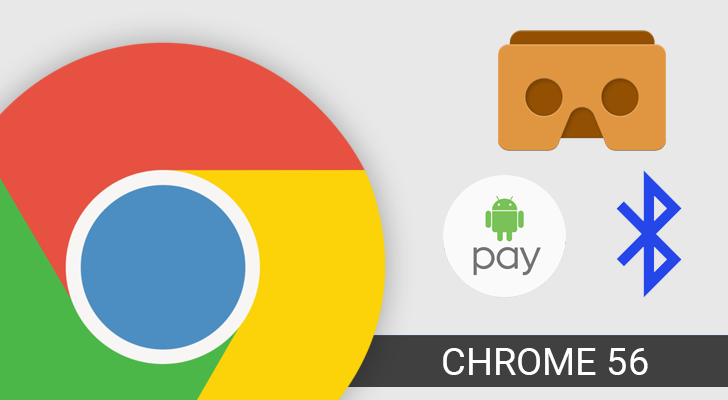
Chrome 56 is the first release of 2017, and like always, it has a fair amount of new features for both users and web developers. This release is focused primarily on Web Bluetooth and improvements to Android Pay on the web (through the Web Payments API), so let's dig in and have a look.
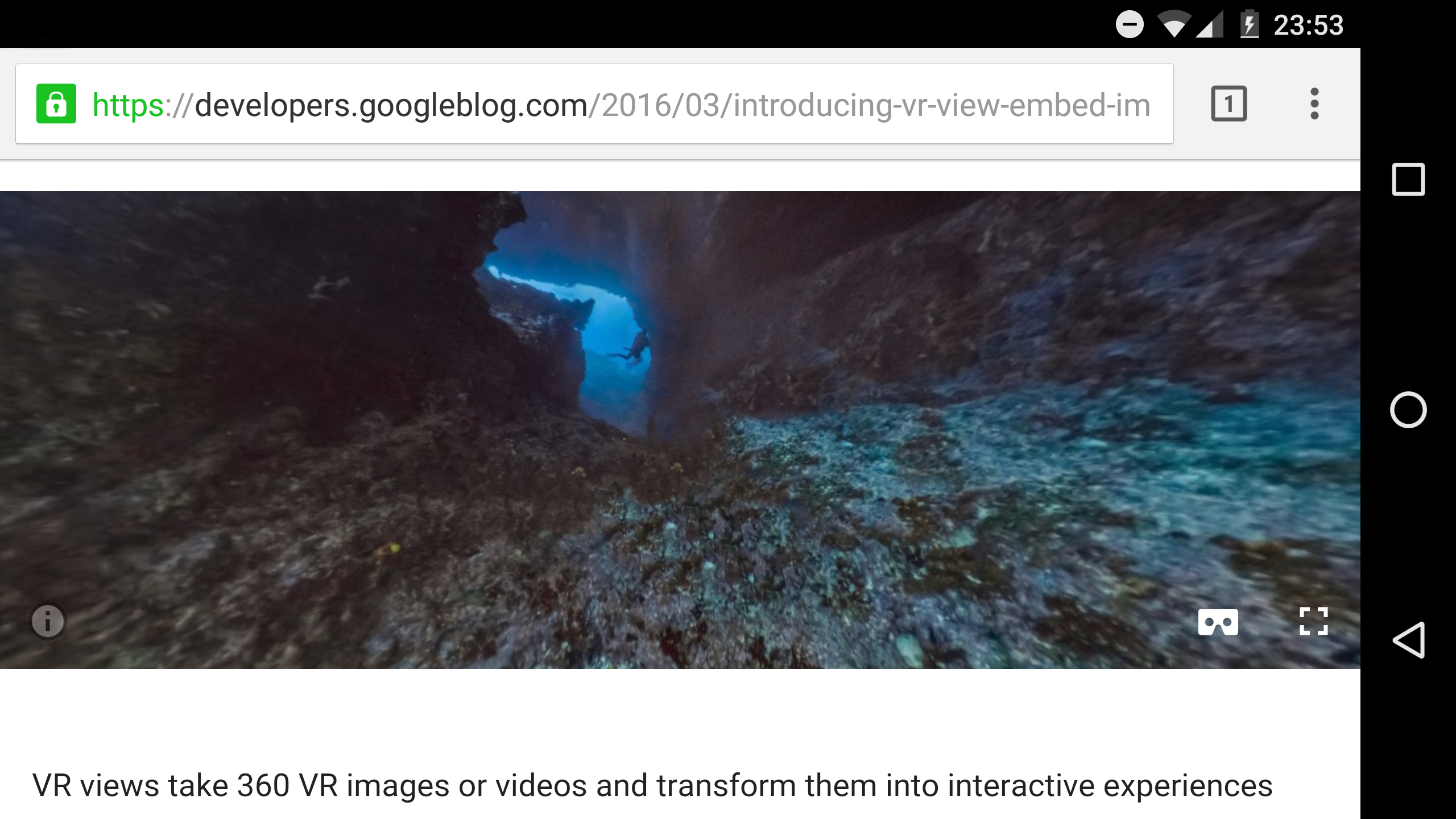
Google's been getting into the virtual reality game in a big way recently, and now it's Chrome's time to join the party: François Beaufort, a Chrome developer evangelist, has posted on his Google+ about a new WebVR flag that has appeared in the latest build of Chrome Dev on Android, version 53.0.2774.4, which allows for browsing the web using a compatible VR headset, such as Google Cardboard or Daydream.






